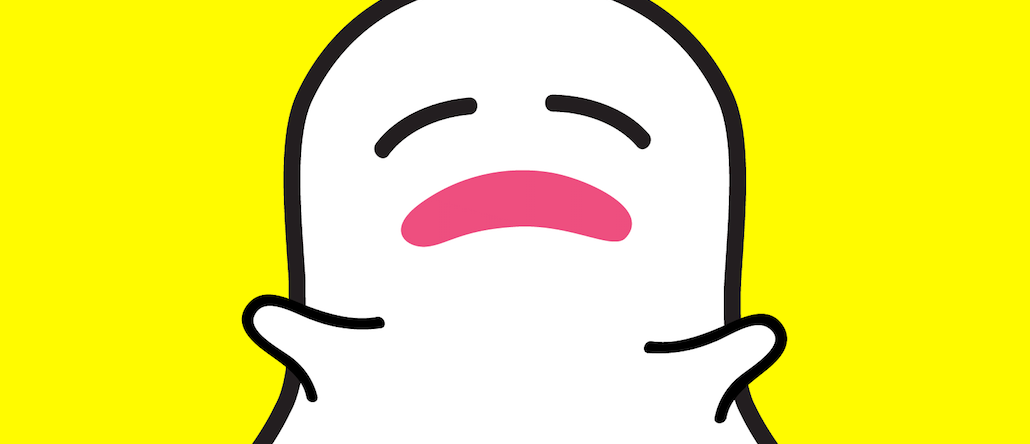A cheatsheet on Snap’s first three months as a public company

Snapchat parent company Snap reported its first quarterly earnings today after a much-hyped IPO earlier this spring. Analysts and investors wanted to see if Snapchat demonstrated any growth after spending a year facing down an all-out attack by Facebook (and whether Snap CEO Evan Spiegel would even comment on his company’s growing rivalry with Mark Zuckerberg’s company).
The key numbers:
- 166 million daily users
- $150 million in quarterly revenue
- 90 cents average revenue per user
- $8.3 million in Spectacles or “other” revenues
- 55 Snapchat Discover partners globally
- 8 million people watch Snapchat’s shows
- 30 minutes in average time spent among daily users
The Wall Street angle:
Analysts expected Snapchat to notch $158 million in first-quarter revenue, with losses totaling as much as $2 billion. The latter figure is due to one-time expenses related to the IPO. RBC Capital’s Mark Mahaney expected Snapchat to add 7 million new users in the first quarter, which would have been slightly higher than the 5 million daily users Snapchat added in the last quarter of 2016.
By those measures, Snap came up short with just under $150 million in revenue and losses totaling $2.2 billion. More importantly, Snap ended the first quarter with 166 million users, which means the company only added 5 million users in the first quarter. The company said it averaged 161 million daily users last December.
Snap’s stock is plummeting, with the stock down nearly 20 percent in early after-hours trading.
But the big number is in…
Leading up to its IPO, Snap made a huge point that it should be measured by user engagement — how often its users visit the app every day — and more importantly, how much money Snapchat could make from every user. For instance, in the last quarter of 2016, Snapchat was generating $2.15 per user in North America. (For comparison’s sake, Facebook made $19.81 per user.)
Essentially, if Snapchat can’t grow like Facebook, can it monetize like Facebook? Snap reported it made 90 cents per user, beating analyst expectations.
It’s important to remember that this number should continue to increase since Snapchat has now unveiled a self-serve ad platform. Today, 20 percent of Snap Ads are through its API, which includes the self-service platform. The trouble is, that’s already creating issues with terrible commercials showing up in between user stories. It’s unclear how Snapchat’s young user base, which Spiegel famously said he does not want to send “creepy” ads to, will respond.
Ad position: web_incontent_pos1
The Facebook effect?
Facebook has spent the better part of the past year trying to kill Snapchat by copying its most popular features for Instagram, WhatsApp and the Facebook app itself. Many believe it’s stymied Snapchat’s growth. It appears Facebook is continuing to throttle Snapchat, which added only 5 million new daily users since December, after growth of 10 million and 21 million daily users the previous two quarters.
The Twitter echo chamber is unimpressed
I think the right way to frame this is that Snap lost $13.30 *per user* in *one quarter*
— Felix Salmon (@felixsalmon) May 10, 2017
Said the company that is probably Yahoo in this example. https://t.co/DqDmXAHUFX
— Keith R. Hernandez (@keithrhernandez) May 10, 2017
Evan Spiegel is unimpressed
On Facebook: “Just because Yahoo has a search box doesn’t mean they’re Google. You have to get comfortable that people are going to copy your products.”
On (ha!) product road map guidance: “We are famous for not giving guidance on a product pipeline, but it should be a fun year.”
More in Media

NewFronts Briefing: Samsung, Condé Nast, Roku focus presentations on new ad formats and category-specific inventory
Day two of IAB’s NewFronts featured presentations from Samsung, Condé Nast and Roku, highlighting new partnerships, ad formats and inventory, as well as new AI capabilities.

The Athletic to raise ad prices as it paces to hit 3 million newsletter subscribers
The New York Times’ sports site The Athletic is about to hit 3 million total newsletter subscribers. It plans to raise ad prices as as a result of this nearly 20% year over year increase.

NewFronts Briefing: Google, Vizio and news publishers pitch marketers with new ad offerings and range of content categories
Day one of the 2024 IAB NewFronts featured presentations from Google and Vizio, as well as a spotlight on news publishers.
Ad position: web_bfu
